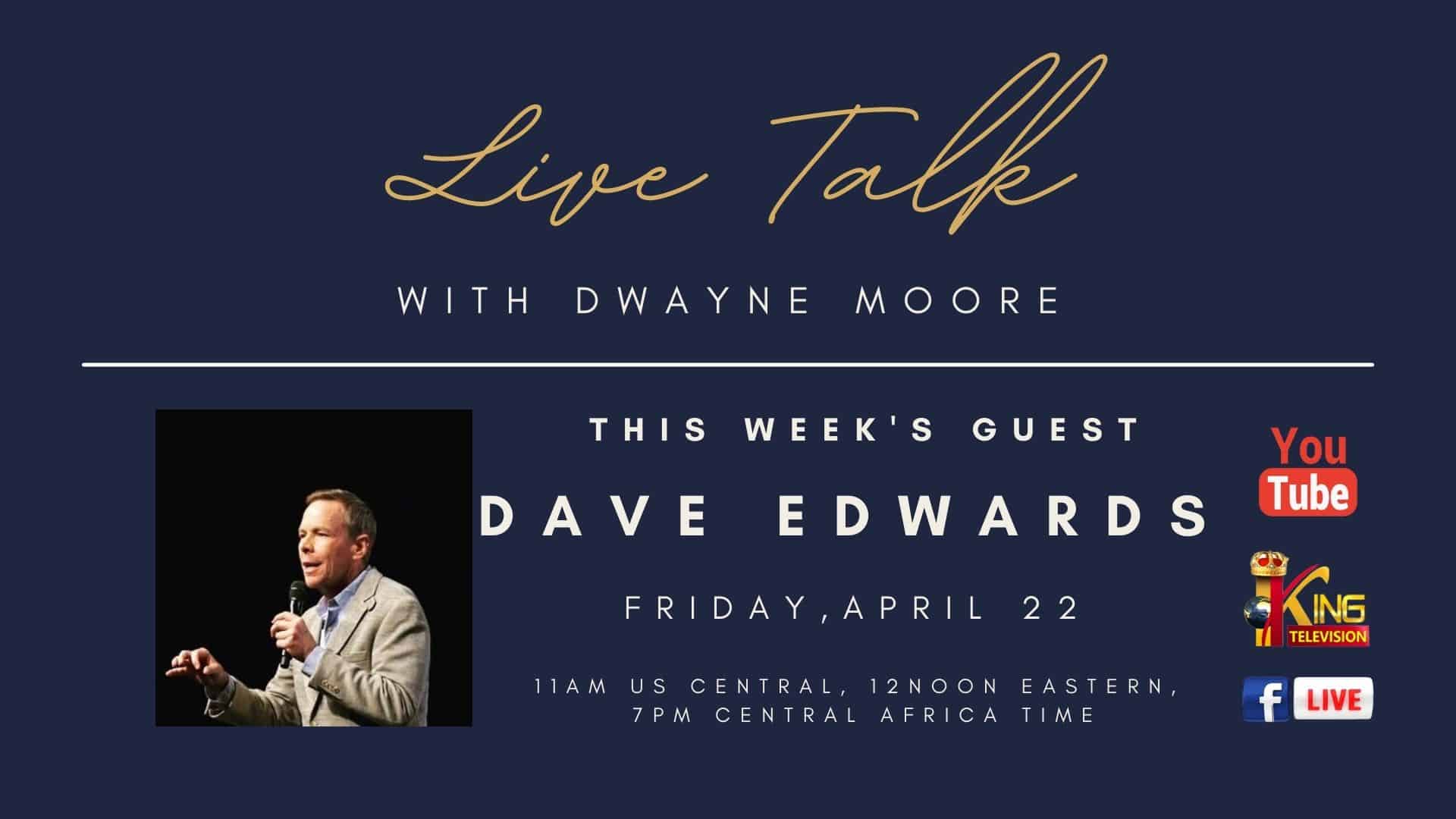Worship Was the Pattern of the Old Testament
This is Part 3 of a 4-part series by Rex Terry:
II. Worship Was The Pattern Of The Old Testament
As we mentioned earlier, God always clearly directs, explains and illustrates what He commands His people to do. He leaves nothing to chance or personal interpretation. It’s always plain for all to see and understand. As David Jeremiah points out, God Himself designed the first worship center. When you begin to read the Scriptures and study the people of the Old Testament, you cannot read far before you begin to understand that worship was the pattern of their lives. The Lord Himself designed the first worship center. He was very specific; it took seven chapters to describe how He wanted it built. He made it portable, and designed it to be a visual aid for the worshipping Israelite. The Tabernacle was the center of the encampment of God’s people.
The Old Testament now serves as an example for believers today on how God desires for His people to come into His presence individually and corporately. He has painted many wonderful word pictures that clearly describe the emotions, the feelings and the expression that we should have when we come before the King of Kings and the Lord of Lords. He has also preserved many stories and special events that further reinforce the type of praise and worship that our Savior desires and deserves from His people. God even goes so far as to list instruments, sounds, appropriate words, body language and positions and so much more. Let’s take a look.
In Exodus 15, God has preserved for us the victory song that Moses and the people of Israel sang together after safely crossing through the parted sea. Miriam, the sister of Aaron took a timbrel in her hand and led all the women as they rejoiced and sang unto the Lord.
In Judges 5, we have what may have been the first duet. After God gave Deborah and Barak the victory over Sisera, the Bible says, “Then sang Deborah and Barak the son of Abinoam on that day, saying, Praise ye the Lord for the avenging of Israel…I, even I will sing unto the Lord; I will sing praise to the Lord God of Israel.” Their song goes on for 30 verses.
David sang a solo that has been preserved for us in 1 Chronicles 16. The Philistines had stolen the ark and David finally brings it back home to Jerusalem. For this special occasion David calls for Asaph the chief musician and the other orchestra members. They bring their psalteries, harps, cymbals and trumpets to prepare to play and accompany David. God’s Word says, “Then on that day David delivered first this psalm to thank the Lord into the hand of Asaph and his brethren.” David’s psalm of thanks and praise to God is 29 verses long. When he and the others are done, the Bible tells us how the people responded. “And all the people said, Amen, and praised the Lord.” There was an overwhelming response. The Bible says “all” the people said, “Amen” and they all praised the Lord. It sounds like they had a pretty exciting time.
Let’s go to the little book of Nehemiah. It’s in Nehemiah that we read of the rebuilding of the wall of Jerusalem. They’ve been in a pretty tuff building program but the Lord has been faithful and He has given them the victory. In chapter eight the Bible says, “And all the people gathered themselves together as one man…” They came together to worship. Ezra steps forward with “the book”. Verse 3 says, “And he read therein before the street that was before the water gate from morning until midday, before the men and the women, and those that could understand; and the ears of all the people were attentive unto the book of the law.” It goes on to tell us that Ezra stood upon a pulpit of wood which they had made just for this purpose. Then in verse 5 and 6 the Bible says, “And Ezra opened the book in the sight of all the people; (for he was above all the people;) and when he opened it, all the people stood up.” It’s called reverence and respect. “And Ezra blessed the Lord, the great God. And all the people answered, Amen, Amen, with lifting up their hands: and they bowed their heads, and worshiped the Lord with their faces to the ground.” The lifting of the hands comes from God’s Word, not the Pentecostals or the charismatic. It is a very appropriate and Biblical way to worship and to praise and to acknowledge the prominence and preeminence of God and His Word.
Now, let’s look at Nehemiah 8: 9-12. There is another lesson to be learned. As the people began to hear and understand the Word of God and the message, the people began to cry and weep. Notice what Nehemiah says to the people. “And Nehemiah, which is the Tirshatha, and Ezra the priest the scribe, and the Levites that taught the people said unto all the people, This day is holy unto the Lord your God; morn not, nor weep. For all the people wept, when they heard the words of the law.” Nehemiah and the other leaders tell them to quite crying, and stop mourning. Why? It was the Lord’s day. “…for this day is holy unto our Lord: neither be ye sorry; for the joy of the Lord is your strength.”
What Nehemiah was saying was that this day is not about you. Get your eyes off your self and get your eyes on the Lord. This was the Lord’s day. Your strength to make it another day will come by putting your attention on the Lord and by rejoicing in His goodness, His mercy and His blessings. Stop crying and start singing. Stop sulking and begin rejoicing. Stop pouting and start shouting. Like the chorus that we sing says, Let’s forget about ourselves and magnify His name and worship Him.
Sunday is the day of our Savior’s resurrection. That’s why we worship on the first day now and not Saturday the Sabbath. We come to celebrate the fact that we serve a risen Savior and it is to be a day of joy and rejoicing. Sunday is not about us. It’s about Jesus. God had given Israel victory and they needed to rejoice and not mourn. God has given us victory through salvation and we need to rejoice and praise His wonderful name.
Q. – Do we really give the Lord the praise that He rightly deserves when we come on Sundays?
Q. – What kind of example are you setting for others that see and watch you?
Q. – Does our service have the appearance of sorrow and grief or do we reflect the joy and glory of our
Lord?
Q. – Could it be that your lack of joy and excitement is because you have never truly experienced the
saving grace and power of Jesus Christ?
- The Biblical examples are too great and many to deny. True believers are visibly joyful, not sorrowful.
- A true believer sings, smiles, laughs and rejoices because he has experienced a genuine change in his life through Christ.
Why Worship Is Our Primary Responsibility (4 -Part Series)
Part 2: Worship Is a Priority Commandment of God
Part 3: Worship Is the Pattern of the Old Testament
Part 4: Worship Is the Place Where God Is at Home
You may contact Rex Terry via Email: rexterry at decaturbaptist dot org.




Leave a Reply
You must be logged in to post a comment.